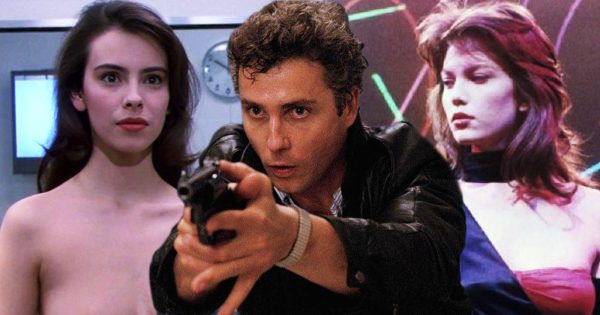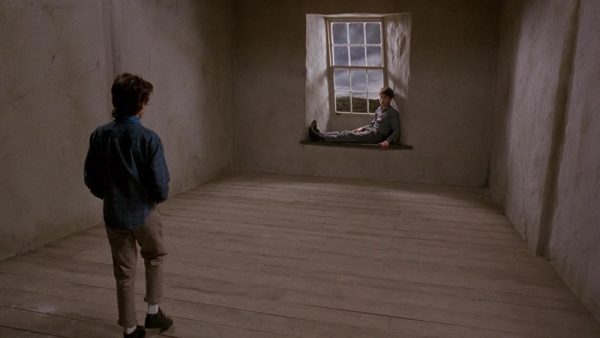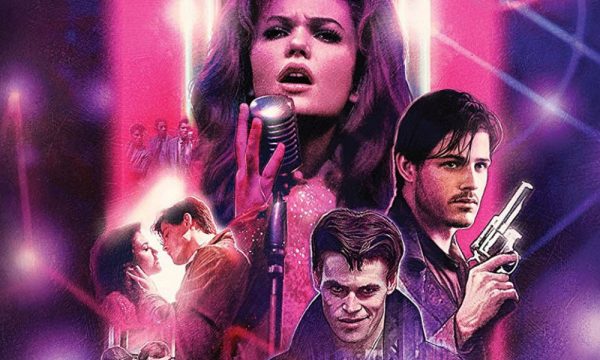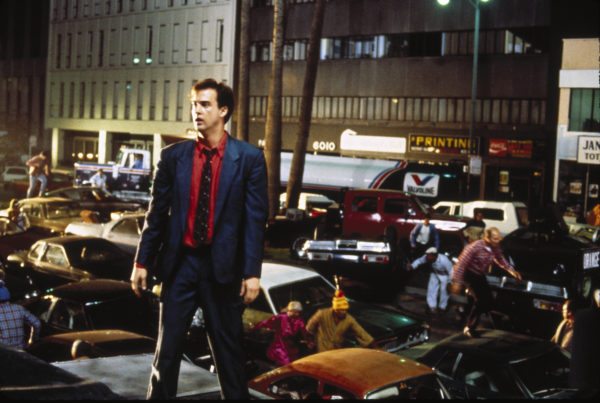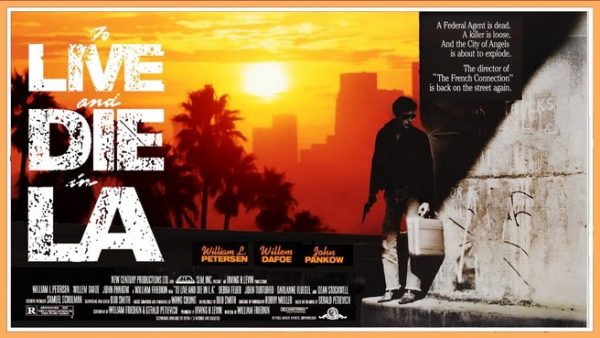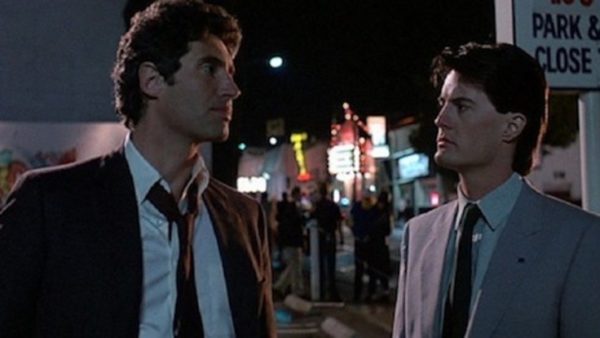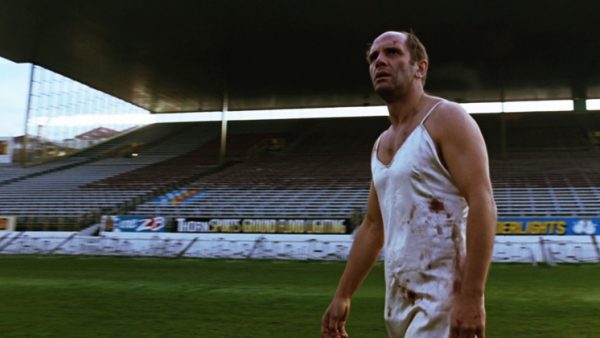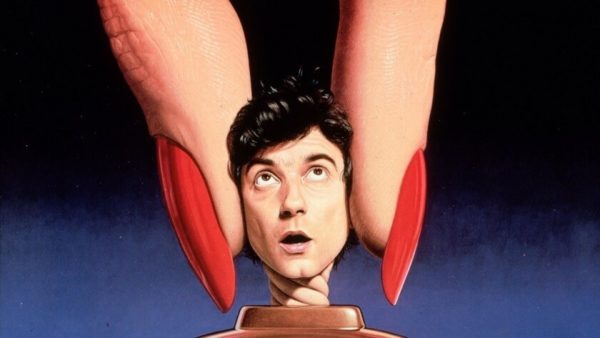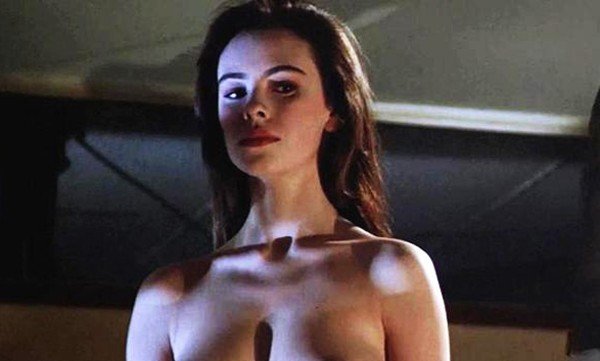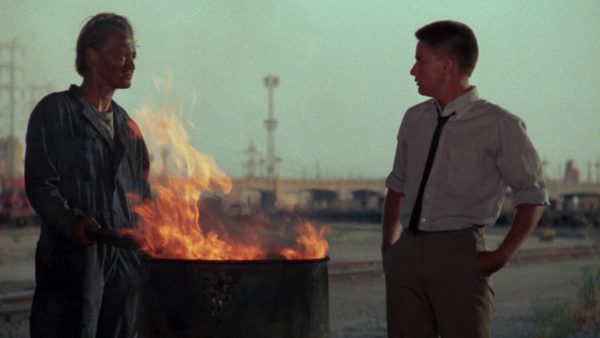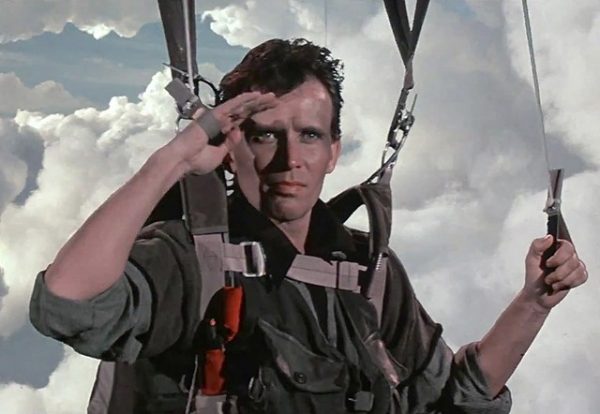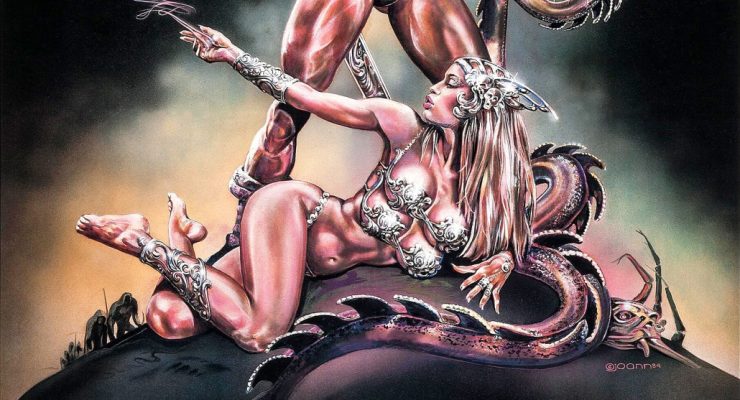Tom Jolliffe with ten great cult 80s films you have to see…
The cult film. From the obscure gems with an undying loyalty from their small following, to the mass cults who followed Star Wars back in the 80s. Sometimes a film just strikes a chord and has a certain unique charm or imperfect quality that maybe some of the more widely acclaimed or accepted films don’t.
Highlander as an example is a cult classic with a very distinct style all of its own, but it’s not much of a secret. It’s not one you can pull out of your cult Filofax to recommend a genre film enthusiast in hope of impressing, as chances are, they’ve seen it. Through the years I’ve stumbled across plenty of enjoyable oddities or underappreciated films, across an array of genres. Here are ten great cult films that you might not have seen…
Paperhouse
Paperhouse, based on the classic fantasy book Marianne Dreams by Catherine Storr, certainly isn’t without its fans and notoriety. Bernard Rose’s film has of course been somewhat overshadowed by his more iconic horror film Candyman that came four years later, but Paperhouse, which sees an ailing bedridden girl drawing in her sketch pad to pass the time, is great. At night her sketches come to life in her dreams, before they begin to take on a life of their own.
There’s horror here, but Rose, as he would with Candyman, takes a psychological dive into his protagonist (here played by a young Charlotte Burke). She’s a girl with an array of issues aside from health, and these all play a part in the manifestations of her pictures during her dreams. Inevitably these turn to nightmares. The late Ben Cross is excellent as her father, who has a more frightening representation within the dreams.
Streets of Fire
Like many directors with an impressive CV, occasionally there are films which slip a little under the radar. For Francis Ford Coppola you had The Conversation jammed between the first two Godfathers. Walter Hill has an impressive selection of popular films in his back catalogue, including The Warriors, The Driver and 48 Hours. In the mid-80’s he helmed an action/musical hybrid that had potential cult following written all over it.
At the time, Streets of Fire represented the most sizeable budget Hill had directed, having been known for moderately costed genre flicks. A cast of rising young talent, including Michael Pare, Diane Lane and Willem Dafoe, had the requisite magnetism, if not the star power. The film flopped at the box office before finding a second wind later on video and reevaluation. It’s cool, has a style of its own that’s very eclectic. It’s a definite 50’s throwback with rock ‘n’ roll, biker gangs and masses of leather, greased hair and quiffs, but it’s also pure 80’s in its delivery and setting. From a nostalgic point of view, it’s certainly benefited from the retro fascination from this century. Those period amalgamations and neo-retro styles have proved more popular certainly.
Miracle Mile
Simple concept. Guy meets a girl, there’s an instant spark but she has to leave and departs. Guy then accidentally intercepts a call warning about an impending nuclear strike on the city. He sets about finding her in the dead of night, with the threat of inescapable death on the cards, and rising obstacles once the nuclear cat is let out of the bag. Anthony Edwards is our everyman hero, an unconventional lead and thus interesting (you can also say the same of Mare Winningham). The film has a fantastical L.A at night feel and an immediacy with the film taking place in a short period of time in the one night.
Far too few people have seen Miracle Mile, which is a shame because it deserves more widespread acclaim. With a very modest budget, it wasn’t a big gamble at the time, but still had little impact with the box office coffers. Director Steve De Jarnatt also directed Cherry 2000, which is another cult film with a small following. Miracle Mile is great though, and also memorable for its Tangerine Dream score.
To Live and Die in L.A
William Petersen is no stranger to cult cinema. Manhunter began as something of an underground thriller. It got most of its attention in retrospect following the success of Silence of The Lambs, which sent some viewers back to see the first incarnation of Hannibal Lecter on screen. A year prior to the Michael Mann masterwork, Petersen starred in To Live and Die in LA, a film by the late William Friedkin.
By this point in time, Friedkin was still dining out on his earlier hits, The Exorcist and The French Connection. A number of flops, including Sorcerer and Cruising, had damaged his reputation somewhat (in retrospect of course, a film like Sorcerer for example, has finally been appreciated as an exceptional cinematic work). This action heavy crime thriller, with (of all things) a Wang Chung score, has Friedkin exercising creative whimsy and stylistic unrestraint. Petersen is great as a cop on the edge, then there’s (drum roll) Willem Dafoe (welcome back to the list Willem) who is brilliant as the film’s psychotic villain. Great action, soundtrack and oozing 80’s stylistic flourish (and brilliantly awful hair/costumes), make this one unmissable.
The Hidden
It’s a sci-fi/action blend with comedy. It should be hugely popular. When you think of cool 80’s films that brilliantly represent the era, you should be thinking of The Hidden. A body swapping alien criminal goes on a wild rampage, pursued by an alien cop (posing as a Fed) and a human cop played by Michael Nouri. Director Jack Sholder would almost be more famous for his contentious first A Nightmare on Elm Street sequel Freddy’s Revenge (which has a huge cult following of its own for an array of reasons).
The Hidden is minimalist in its visual effects and keeps the creature mostly (umm…) hidden, due to the films modest budget. That probably helps it in the end, with more focus put on the dynamic between the world weary Nouri, and the oddball alien performance from Kyle Maclachlan. A lot of fun, very lithe, and in need of more viewers. It was a modest success at the box office considering its budget, and has certainly progressively picked up viewers. Even for myself, I discovered it late after taking a punt on a nice Blu-ray edition release.
The Quiet Earth
This sci-fi classic from New Zealand travelled fairly well, though the fact it’s still not widely known in the States or Europe is not too surprising. A man wakes from a suicide attempt to find he’s the last man on Earth. Strange lapses in time begin to happen and eventually he also comes across two other survivors.
The Quiet Earth is a curious and quiet film which may not deliver a turn of horror some might expect if they have I am Legend in mind, but it’s memorable in its own right with some great imagery. I wish the films primary artwork was a little less spoilery mind you.
After Hours
Like several films on this list from widely acclaimed directors, After Hours found itself overlooked. Perhaps it didn’t court the controversy of Martin Scorsese’s biblical epic, or have the star power of his passably enjoyable, if light, Color of Money. After Hours, a one night odyssey is Scorsese’s most overtly comedic film and maybe his quirkiest. It’s sorely underrated and highly enjoyable.
Griffin Dunne finds himself trapesing across the City in a series of ever more bizarre misadventures that soon become a threat to his life. Wonderfully surreal at times with yet another unique Scorsese vision of New York. The film feels original, inventive and wildly creative and Scorsese clearly revels in the black comedy.
Lifeforce
One of Cannon’s first ambitious projects, the rather costly (costly for Cannon) sci-fi opus might be as perfect an encapsulation of the company as there is. It’s unabashedly trashy, very corny, you might say terrible in places, but also oddly excellent in so many departments, with a certain Cannon je ne sais quoi. It’s bad/good. It’s terribrilliant. It’s at once cheap and sloppy, but grandiose and expert. Only Cannon could have done this.
The film’s space sequences look great, bar those inevitable moments where corners are cut (or money was), but Lifeforce has become somewhat legendary for its leading lady Mathilda May, who spends almost the entire picture stark naked. Of course in 2022 it makes Lifeforce a very definite exploitative relic of the time, but taken in the right spirit/context, it remains enjoyable. Lots of great effects, masses of action, in a film that is so strange as to be uniquely charming. The score is also superb.
SEE ALSO: Lifeforce: A Film Only Cannon Could Have Made
Repo Man
A young punk (Emilio Estevez) fresh out of work finds himself hired by a slipshod repo company, run by Harry Dean Stanton. What follows is a strange black crime comedy with a sci-fi twist. Alex Cox has become a cult director who never quite lived up to the odd appeal Repo Man possessed, or Sid and Nancy which came next.
Repo Man had almost no audience upon release, but like many cult movies began slowly picking up viewers like plucking berries from a long roadside stretch of brambles. The cast are excellent and the film looks magnificent thanks to cinematographer maestro, Robby Muller.
The Adventures of Buckaroo Banzai
Perhaps like a few films of the era that didn’t take off quite as much as others, this one was an acquired taste. In 80’s genre cinema, film-makers weren’t usually hesitant in cranking up the weirdness. They had fun. You either rolled with it or get lost. Additionally, it made some films difficult to market.
A great cast of character actors, Peter Weller, Jeff Goldblum, Christopher Lloyd, Ellen Barkin and John Lithgow, add a nice blend of quirky performances, but at the time the lack of a star name (despite a reasonable budget) probably contributed to the films low box office. It’s odd title doesn’t give much indication on what one might expect, although given the film’s affable likeability, game cast and sense of fun, it did eventually take on a cult audience, spawning spin off novels, comics and video games (in the 8 bit era).
What’s your favourite cult film from the 80s? Which rare films do you recommend? Let us know on our social channels @FlickeringMyth or reach out to me on Instagram here...
